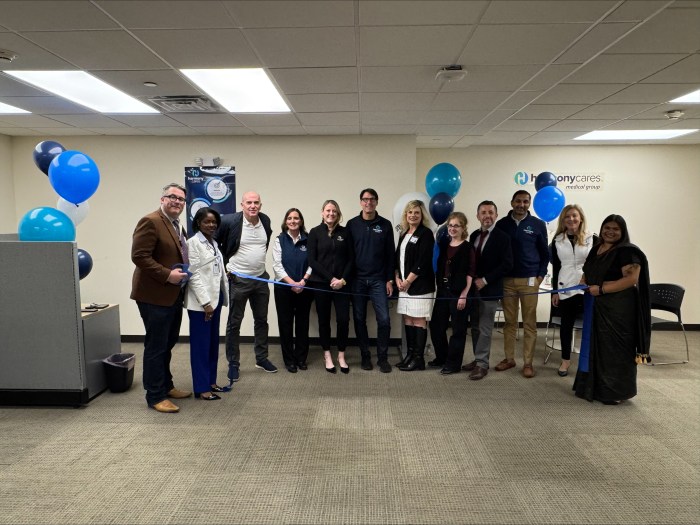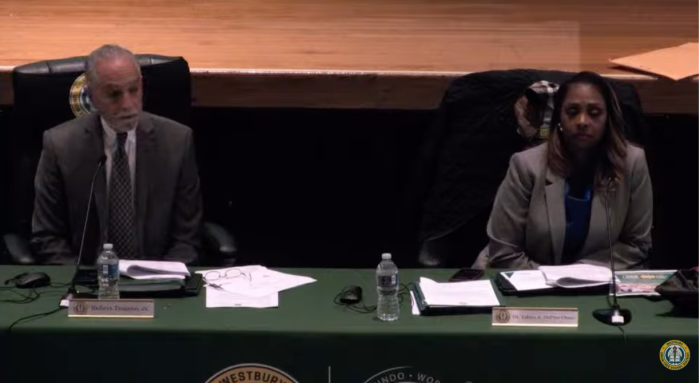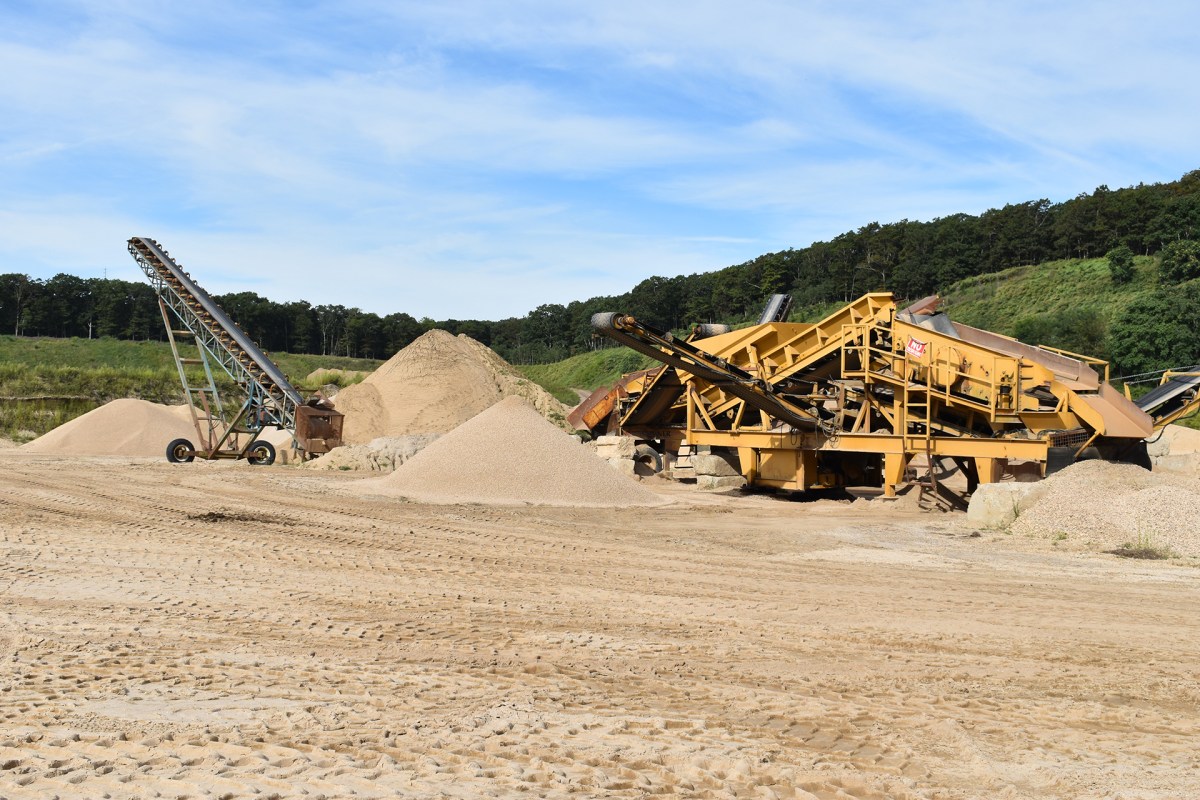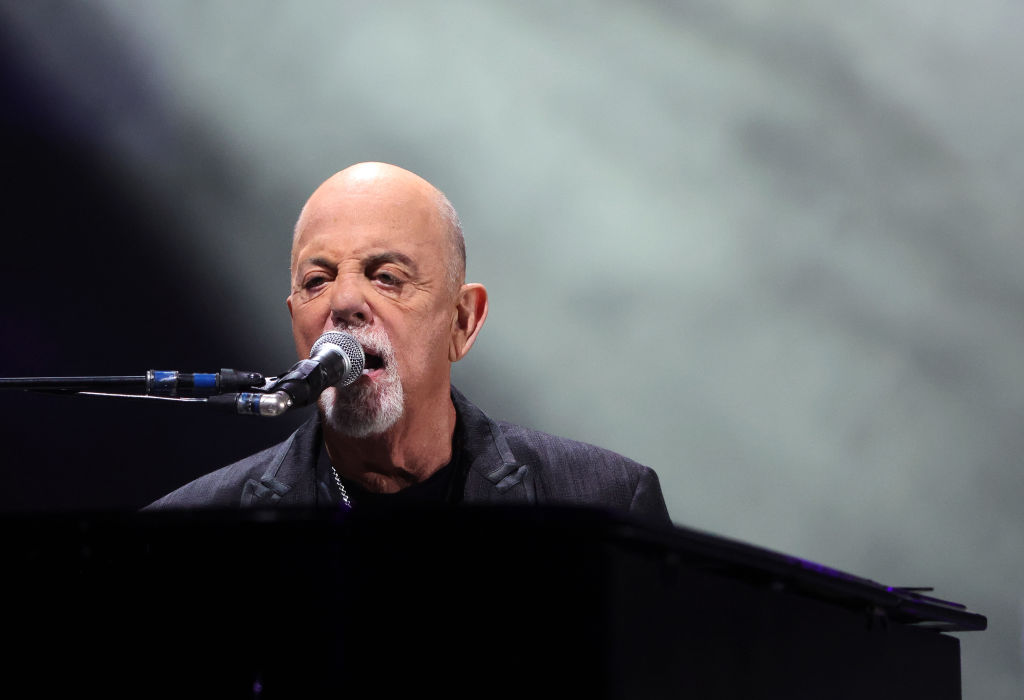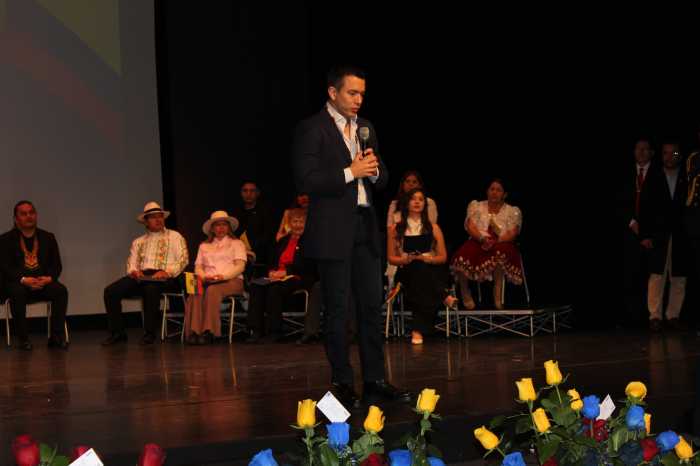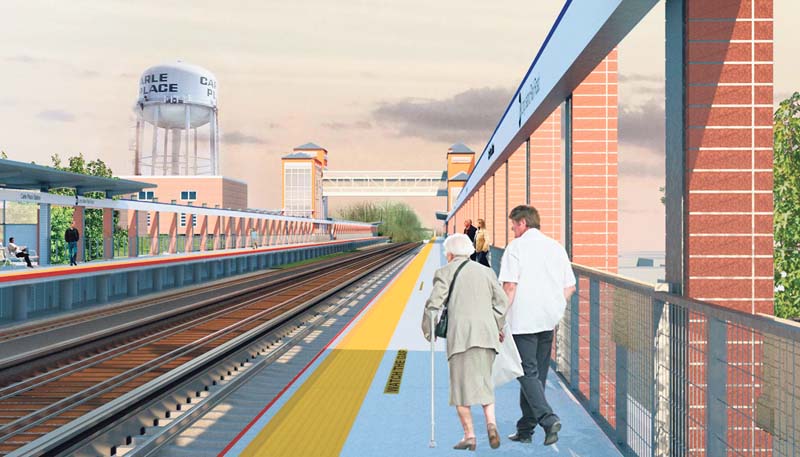
Since the approval of the third track project last year, MTA officials have wasted no time in rolling out plans across the 9.8-mile stretch from Floral Park to Hicksville.
Utility relocation, prep work and clearing of vegetation is all underway, with Gov. Andrew Cuomo joining MTA Chief Development Officer Janno Lieber, LIRR President Philip Eng and public officials for a ground breaking in Hicksville on Sept. 5, marking the official start of heavy construction.
Westbury and Carle Place residents can expect to see more construction work towards the end of year, with grade crossing eliminations, station upgrades and the addition of parking garages all on the MTA’s checklist.
Carle Place
The first changes residents can expect to see in Carle Place is station work and the replacement of the Cherry Lane bridge.
“As the year goes by, we’ll be slowly modifying that station. It’ll be a whole new station,” third track project CEO Mark Roche said. “We’re introducing a kiss-and-ride at the station to make movement easier, doing ADA upgrades, adding new platforms, new stairs, new elevators that aren’t there. We’re setting the style for the whole corridor.”
Construction on the station is expected to begin at the end of the year and run until the second quarter of 2020.
Part of what makes the third track work so imperative, according to MTA officials, is that 40 percent of all LIRR trains travel between Hicksville and Floral Park. “If it goes wrong here, it goes wrong everywhere,” said MTA special advisor John McCarthy.
But that also means that construction work is dependent on train schedules.
“In order to keep trains moving, you don’t do a lot of work during rush hour,” said McCarthy. “You’re doing work throughout the day, but at different levels. There’s a lot of noise requirements based on the time of day you’re working. At night, they’ll do quieter work.”
The Cherry Lane bridge, built in 1953 and currently standing at 12 feet, 10 inches, is slated to be replaced with one that is 14-feet-high in early 2019. The Post Avenue bridge was replaced in a similar fashion in November 2017; over the years, several trucks have hit the low bridges, resulting in train delays as LIRR crews determined the bridge’s safety and structural stability.

Westbury
The Westbury train station will see a complete overhaul, with platform replacements, platform canopies, new benches, shelters and signage, new CCTV security cameras, ADA compliant elevators, ramps and overpasses, Wi-Fi and a pocket park. The pedestrian tunnel will also be expanded, and new bike racks and artwork will be installed as well. The station will stay open throughout the construction, which is expected to begin later this year and be completed in 2022.
The village will also see the addition of parking garages on the north and south side of the LIRR tracks. The north garage will be built on the current surface parking lot south of Scally Place. The three-level structure will be able to accommodate 676 spaces, an increase of 474 parking spots.
The south lot is MTA-owned and according to MTA officials, no final decisions have been made yet on future use.
Traffic Blocks
The School Street and Urban Avenue grade crossings are among the seven street-level crossings to be eliminated as part of the project. Both will be reconfigured to allow two-way traffic to pass underneath the tracks, with a pedestrian sidewalk on the east (School Street) or west side (Urban Avenue).
When asked about the impact construction would have on traffic, McCarthy pointed out that similar to what was done during the recent Ellison Avenue bridge replacement, a designer would do traffic modeling and full road closures are anticipated to last no longer than six months.
“Our accelerated schedule limits the amount of time the road is closed. Our goal is six months and the contractor is under pressure to get it done so the road is back open,” said McCarthy, adding that once grade crossings have been eliminated, residents will experience an easier time on the road. “When this is done, the impact on traffic will be an incredible positive. In the short term, we’ll try to make it as easy as possible, but in the long term, we’ll have something that’s a great benefit to the community and traffic.”
As for where crews would put their equipment, McCarthy said crews are working closely with communities to make sure what private entities will be used as staging locations.
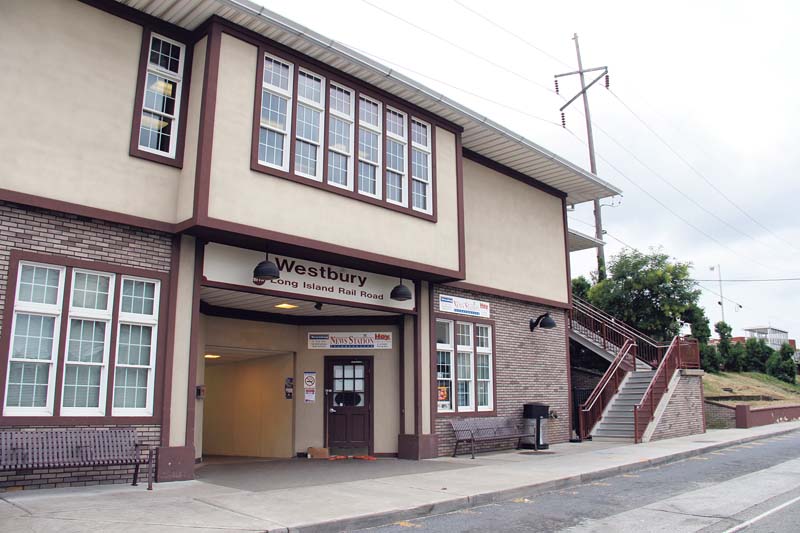
Working With Residents
Whether it’s road closure due to grade crossing elimination, noise or vibrations due to construction or changes in traffic patterns, the project will have a definite impact on residents over the next four years. MTA special advisor John McCarthy said the MTA and LIRR have been working closely with Village of Westbury officials, the Carle Place civic, as well as residents, to share knowledge and information.
“Mayor Cavallaro has been involved since day one. Cavallaro and the village have experience working with the MTA with the Ellison Avenue and Post Avenue bridge replacements. They were always willing to work with us…that same commitment is being played out here in this project. They’re at the table reviewing designs, working closely with us to make sure the aesthetics are in line with the village,” McCarthy said. “Carle Place has been very engaged. The civics, the residents near the tracks…they’re aware of the projects and we’ve explained what’s needed and they’ve expressed their concerns.”
Community liaisons have also been appointed in each community, tasked with taking resident concerns to the project construction team. Local liaisons, including Margo Cargill who will represent Westbury and Carle Place, can be reached at 516-203-4955 or communityoutreach@3rdTC.com.
What do you think about the construction? Let me know at babraham@antonmediagroup.com.





